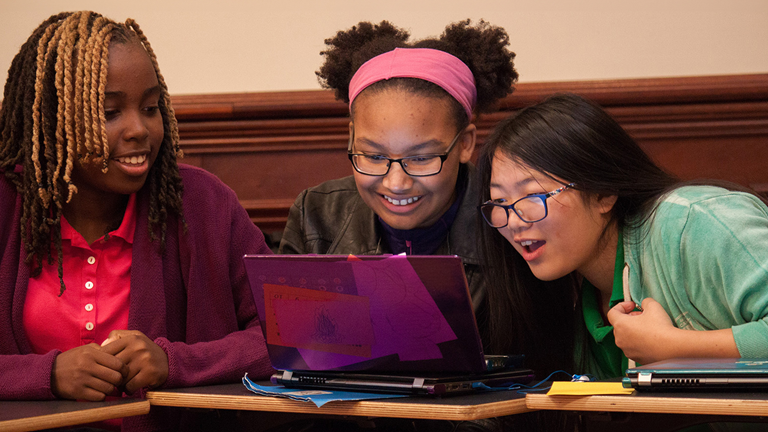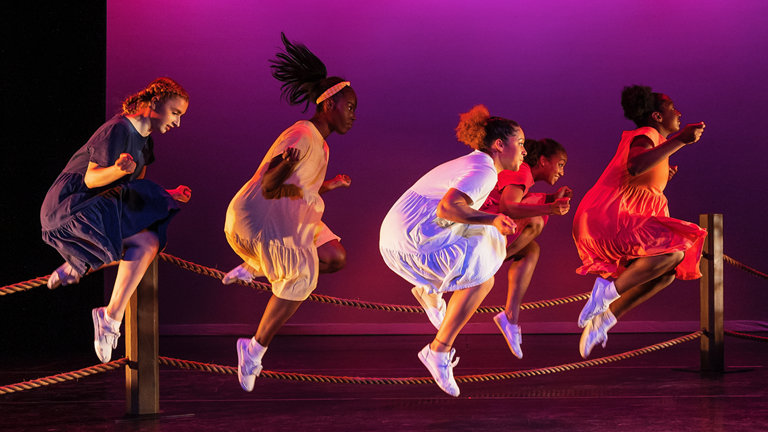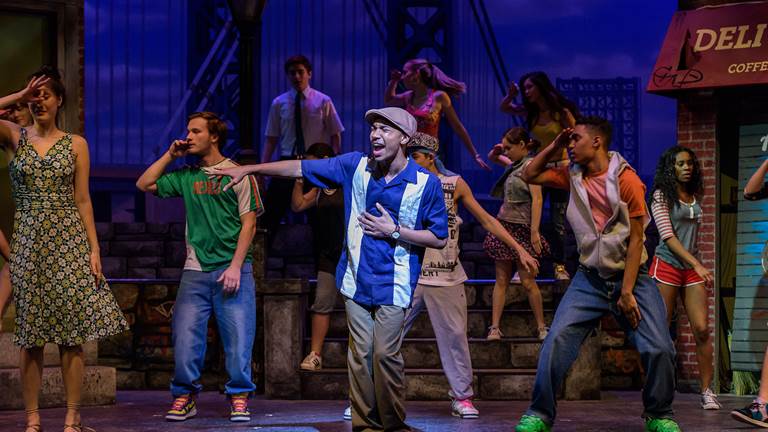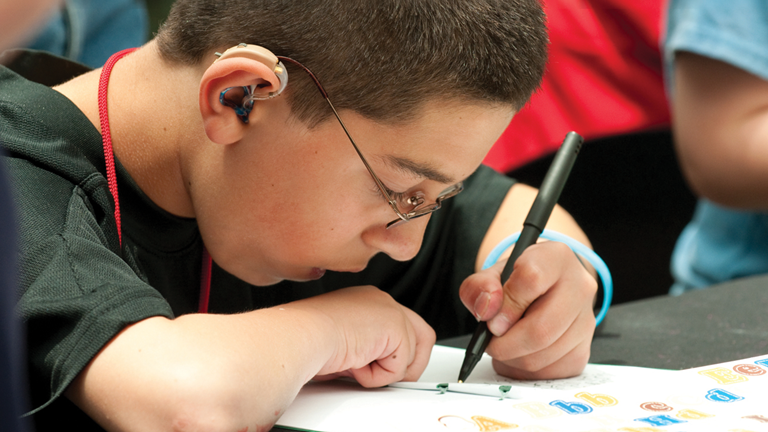RIVERDANCE 30 – The New Generation
Since Riverdance first emerged onto the world stage, its Grammy Award®–winning fusion of Irish and international dance and music has captured the hearts of millions. Now the show is embarking on a special anniversary tour, bringing its magic to audiences worldwide. This spectacular production rejuvenates the original show with new innovative choreography and costumes and state-of-the-art lighting, projection, and motion graphics. Audiences will enjoy a unique and memorable performance which blends the traditional and the contemporary, showcasing the skill and passion of the dancers, musicians, and singers in the Riverdance ensemble.
March 13, 2025
Opera House, recommended for grades 6-12
Estimated duration is two hours with a 20-minute intermission.








